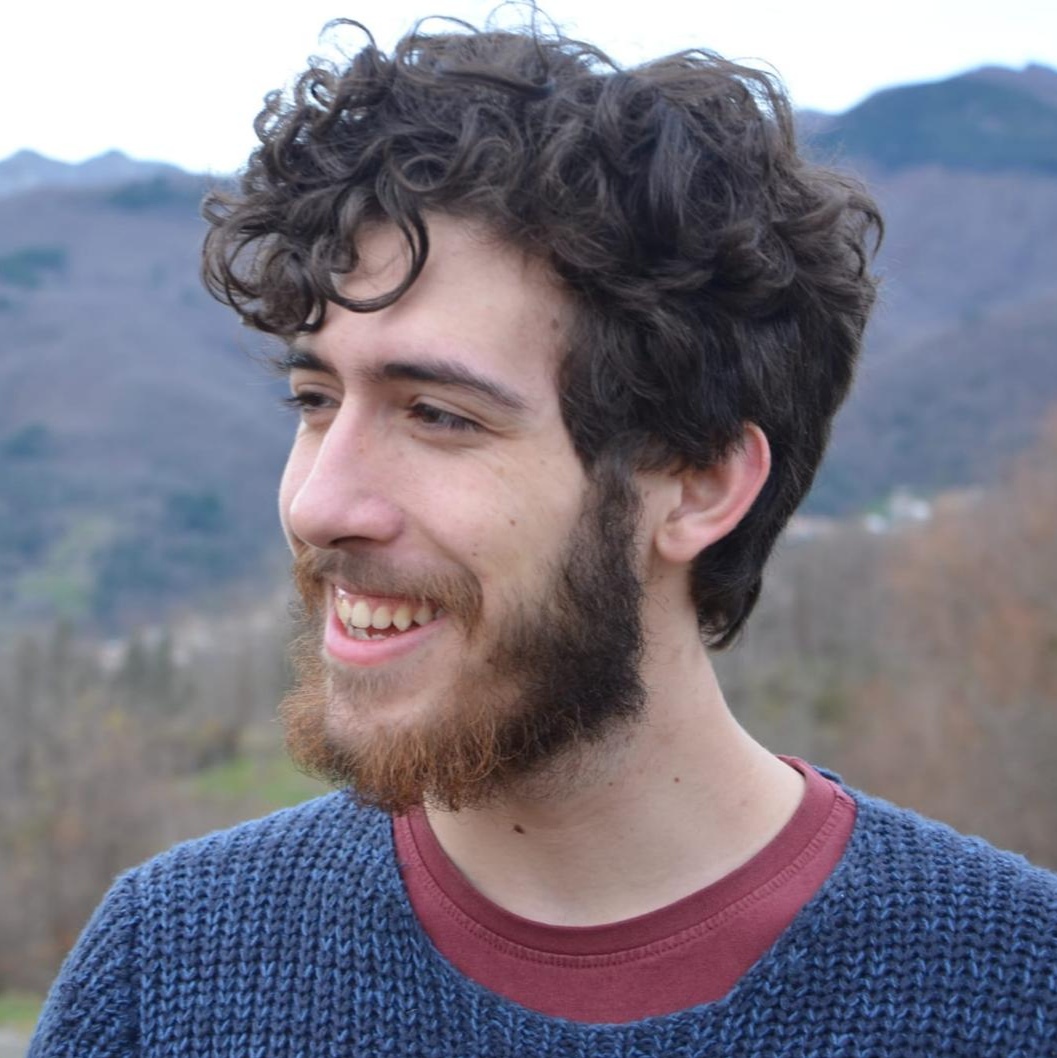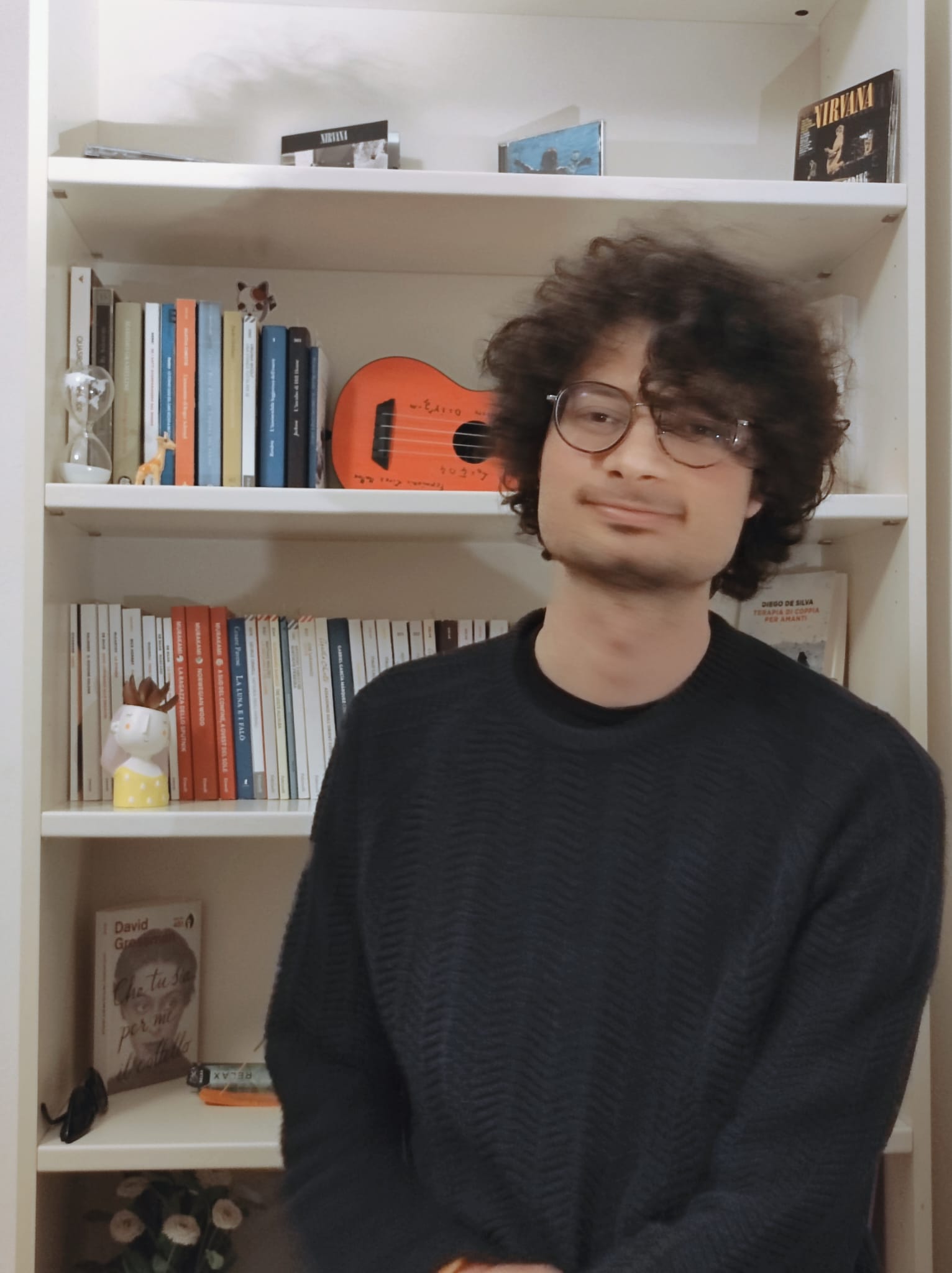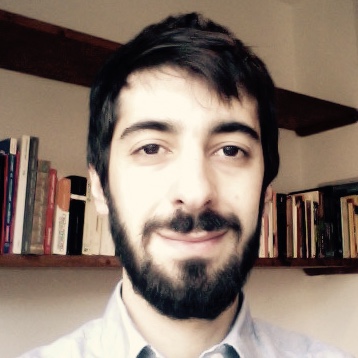Conferences
Students speakers
This year Light of Tuscany is not only an occasion for univeristary students to visit the advanced research centres that our Italian region has to offer, but also an opportunity for students approaching the universitary world.
Opening our conferences there will be two short talks for students of the University of Pisa describing their work and experiences through their course of studies!
Here is a short presentation of our students and their work:
-
 Giulio Carotta
Giulio Carotta
University of Pisa
After completing his studies at the “Liceo Scientifico E. Fermi” in San Marcello P.se, Giulio enrolled in Pisa at the faculty of physics, where he got his degree in Physics in 2022 with a thesis on the Thermal conductivity of GeSn films. He continued his studies on condensed matter physics with an interest in crystalline and solid systems. On his free time he can be found hiking in the mountains around Pisa or coordinating the activities of the local committee of AISF.
-
 Ismaele Bartoluccio
Ismaele Bartoluccio
University of Pisa
Born in Vibo Valentia (Calabria) on March 11, 1998, Ismaele got his scientific diploma at “Liceo Scientifico G. Berto” in Vibo Valentia. After that he graduated at the University of Calabria with a thesis on the Mathematical aspect of GUP models in Quantum Mechanics, and now he's studying Theoretical Physics in Pisa, with a deep focus on Quantum Gravity and Algebraic Topology. Besides physics his other passions are: reading books, listening and playing music (piano and guitar), cooking and history of sports in general.
Guest speakers
We are happy to host professors, academics and other prominent figures working with light and light-based technologies. Soon we will announce their names, profiles and title of their talks, follow our social media page for more info and notifications!
-
 Professor Alessandra Toncelli
Professor Alessandra Toncelli
Università di Pisa
Alessandra Toncelli is an associated professor of applied physics at the Physics department at the University of Pisa. Her major research interests are growth and spectroscopy analisys of crystalline materials, and in the years her studies expanded in the infrared and THz spectrum range.
Her work characterized many materials with applications in photonics, biomedics and scintillation.
Photonics for biomedical and quantum computing applications
-
 Researcher Simone Zanotto
Researcher Simone Zanotto
CNR-NANO
Simone Zanotto is a Permanent Researcher at the Nanoscience Institute (CNR-NANO). After obtaining the Degree of Physics at the University of Pavia (2009), he joined the NEST Labs (Pisa) as PhD student of Scuola Normale Superiore, earning the degree in 2014. Subsequently he stayed at Polifab – Politecnico di Milano (2014-2015) and at LENS Laboratory (Firenze, 2016) as research scientist.
His scientific production spanned from nanophotonics for photovoltaics, to quantum light-matter interaction (intersubband polaritons), through tunable photonics based on transition metal oxides and responsive polymers.
Since 2018 he is serving as Co-Teacher of the Laboratory of Physics of Matter and Nanotechnology at University of Pisa.
Taming waves with metamaterials and metasurfaces.
-
 Researcher Luca Tanzi
Researcher Luca Tanzi
CNR-INO
Luca Tanzi is a Senior Researcher at the National Research Council (CNR), where he studies fundamental physical phenomena with an ultracold quantum gas experiment. After graduating in Physics from the University of Milan, he obtained his Ph.D. in Atomic and Molecular Spectroscopy from the LENS Laboratory of the University of Florence in 2014.
He then carried out research activities in various European institutes, including ICFO (Barcelona) and the National Institute of Optics (INO), Pisa section. He has conducted cutting-edge experiments on disordered quantum systems, quantum mixtures and dipolar quantum gases. His main scientific discoveries are: the observation of a 'quantum droplet' regime in mixtures of quantum gases, and the experimental observation of the so-called supersolid, a paradoxical state of matter that combines two natures in one: that of the solid (rigid structure) and that of the superfluid (fluid without friction).
Exploring the supersolid phase of matter with an atomic quantum simulator